The content of the article
Celery is understood as a rather useful vegetable, which is recommended to be included in the basic nutrition for all categories of people. As practice shows, the plant is not common among our compatriots. But the inhabitants of Europe and the United States of America are happy to use it at any convenient opportunity. There are several variations of reception, including a fresh form and home-made preparations for the cold season. We are interested in the latter type, consider it in detail.
Picking celery
- An important role is played by proper harvesting. In order for the rhizomes to turn out to be really large, and their chemical list of substances formed completely, it is necessary to give the opportunity to lie in the ground for as long as possible.
- A positive feature of such manipulations is considered to be that the fetus is covered with a densified shell. It prevents damage to the inside, thus the roots are stored for a long period of time and do not deteriorate when exposed.
- The collection is carried out shortly before the frost. For this reason, experts advise to monitor the weather conditions in the region where the vegetable grows. If we are talking about the middle zone of Russia, then it is necessary to harvest at the end of the first month of the autumn season.
- In the process of implementing the plan, it is necessary to observe important features. Around the end of summer, leaflets and shoots located in the lower section should be removed. They performed their main function - they allowed rhizomes to gain usefulness. Further, the roots ripen on their own.
- The peel, although dense, should be handled with care. Do not take roots, arm yourself with a pitchfork or a shovel, and then dig up the crop. Do not hit it on the ground, excess soil is removed manually.
- Now you need to get information regarding the quality of the rhizomes obtained. If the upper section is soft, then the fruit rots. Hit with your finger. If you hear loud noises, then in the interior there are empty areas.
- After assessing the quality, you should remove the earth, arm yourself with pruning shears or scissors and cut off small roots. Also, no tops are required. If you have time, then sort by size. Some summer residents do not recommend digging out the entire crop in order to enjoy freshly sprouted fresh leaves in the spring.
Storage Features
- An interesting fact is that even in an apartment environment this plant can be grown. This is done in pots. Such actions allow you to enjoy celery all year round, including the winter season. However, to make this possible, care must be taken to ensure that the landing is correct.
- In order to eat a vegetable more often, root crops should lie for a while in the cold. Before this, they are rinsed, dried, wound in polyethylene and sent to the vegetable compartment. During this time, the fruits lie about ten days.
- There is another variation of exposure, which consists in using a freezer. But it should be understood that after such storage, the plant should not be taken in raw form for food. However, it will be a great addition to soups and stews.
Root storage
- The basis of this part of the plant includes valuable minerals. They will fill the deficit in the winter, so it makes sense to stock up on products for future use. If you observe all the subtleties of storage, then you can achieve exposure up to six months and even a year.
- If there is a basement or other room of this kind, then the rhizomes are laid out in boxes and sprinkled with sand.
- You can also wrap root vegetables with polyethylene and keep them in the freezer. It has already been mentioned that this is not recommended. But if there is no other way, then further reception is carried out only after heat treatment.
Leaf storage
- So that the petiole celery is preserved literally in its original form, it must first be washed. Do not forget to dry further from the liquid and subject to bulkhead. All damaged specimens are thrown away.
- When the preparations come to an end, take a container or sort by packages. Keep in the cold in the vegetable compartment. For air circulation, holes must be made. If you ensure a temperature regime not exceeding 1 degree, then the leaves will lie until the spring.
Drying
- As an alternative, plant leaves can be prepared in dried form. Moreover, such a procedure is considered one of the simplest. Therefore, during the manipulation you should not have any difficulties.
- It is best to dry immediately with whole bunches of greens. In this case, direct sunlight is strictly contraindicated. It is best to carry out the procedure in a cool, shady room. It is enough to spread the raw materials on a flat surface and cover with parchment.
- Such a process will take about 1 month. After that, the finished product is recommended to be turned into powder in any available way and used as a seasoning. No one bothers you to crush greens into larger fractions. In any case, the finished raw materials will have to be stored in sealed glass containers.
- It is by exactly the same technology that the celery root is dried. It is enough to chop it into pieces convenient for you. Then dry the product thoroughly. Store it in a glass container with a sealed lid. Do not allow moisture to enter. The blank perfectly complements various sauces, first and second courses.
Freezing
- If you do not have a cellar or basement, then it is easiest to subject the raw materials in question to deep freeze. Go through the leaves of the plant and rinse thoroughly. Then they should be thoroughly dried with a paper towel. Finely chop with a sharp knife.
- Fill chopped greens in ice tins. Pour in a small amount of purified water. Send blanks to the freezer. Once the workpiece is completely frozen, transfer the cubes into a plastic bag. Repeat the procedure.
- As for petiole celery, it can be frozen in exactly the same way as we did with leaf celery. Prepare raw materials in advance, removing all unnecessary. The product can even be left whole. Fold in a bag and send to freeze.
Pickling
- The advantage of a salty product is that it can be used in almost any dish. To carry out such a procedure, it is enough to take 1 kg. prepared plant leaves and 0.25 kg. salt. Combine the components and place in a glass container.
- Leave some space, juice will soon stand out. After this happens, roll up the lids of the container. Store in the pantry.
Pickling
- The advantage of a pickled product is that it can be consumed as an independent snack. In addition, such a blank is often added to hot dishes. For the recipe, 1 liter is required. purified water, 1 kg. plant root, 30 gr. salt and 3 gr. lemons.
- Also take the marinade ingredients. This will require 0.8 liters. filtered water, 4 peas of black pepper and the same amount of clove buds, 200 ml. vinegar. Crush the raw material into small pieces. Blanch in salted water for a few minutes.
- Then remove from the broth and transfer to a glass container. While cooling the workpiece, proceed with the preparation of the marinade. Mix water, vinegar and spices. Boil and pour celery liquid on it. Send sterilized for a third of an hour.
- Roll up the lids.In addition, leaf celery can also be pickled if necessary. To do this, consider a slightly different recipe. To make a liter jar of workpiece, take 2 sheets of laurel and 4 garlic cloves.
- To prepare the marinade, take 150 ml. vinegar, 0.7 liters water, 70 gr. salt and 100 gr. Sahara. Put bay leaves and garlic on the bottom of the jar. Pack the container tightly with the leaves of the plant. Pour in hot marinade. Sterilize jars and roll up.
Among other things, do not forget that the product is very useful, but there are also some negative aspects. Therefore, if you want to maximize the benefits of the product, do not abuse it. Do not eat celery in unlimited quantities. This is especially true for pregnant girls.
Video: how to save petiole celery

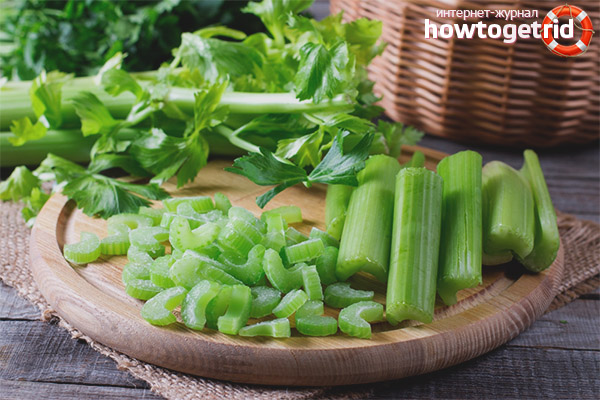



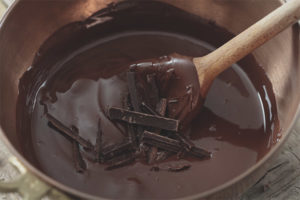
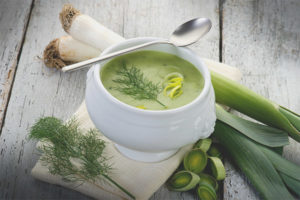

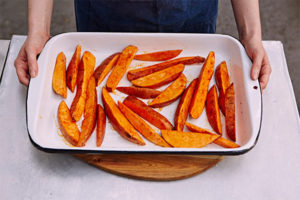
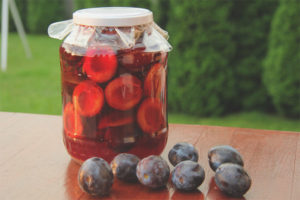
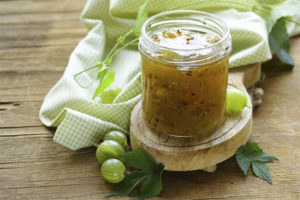
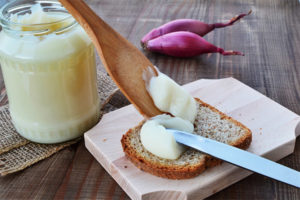
Submit